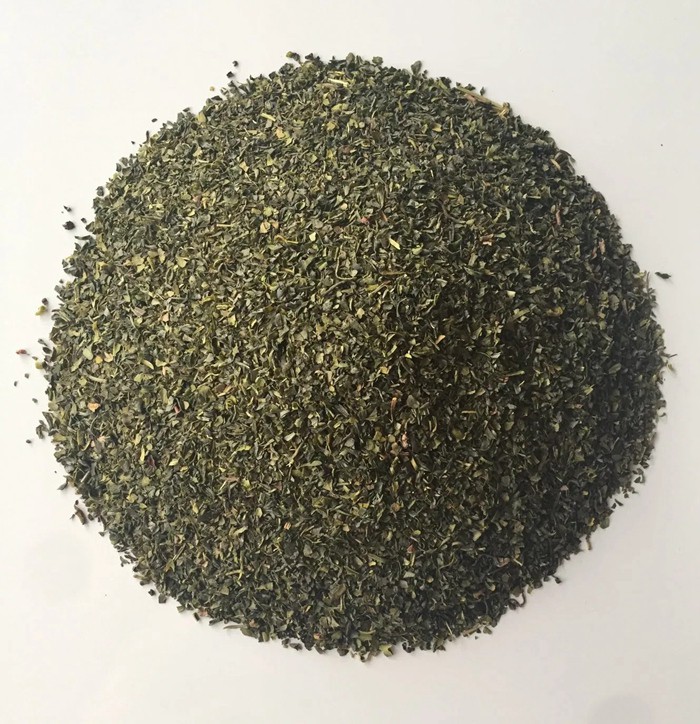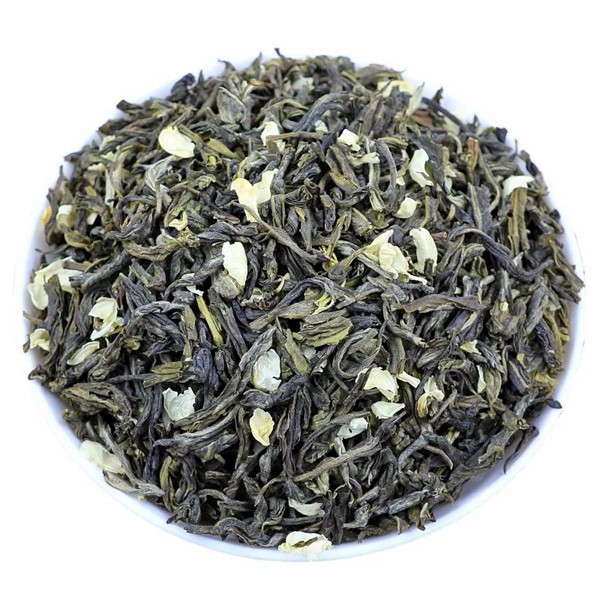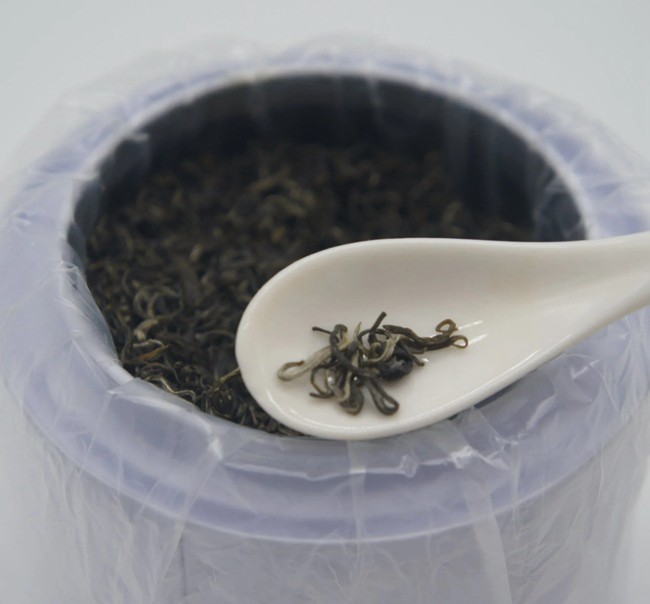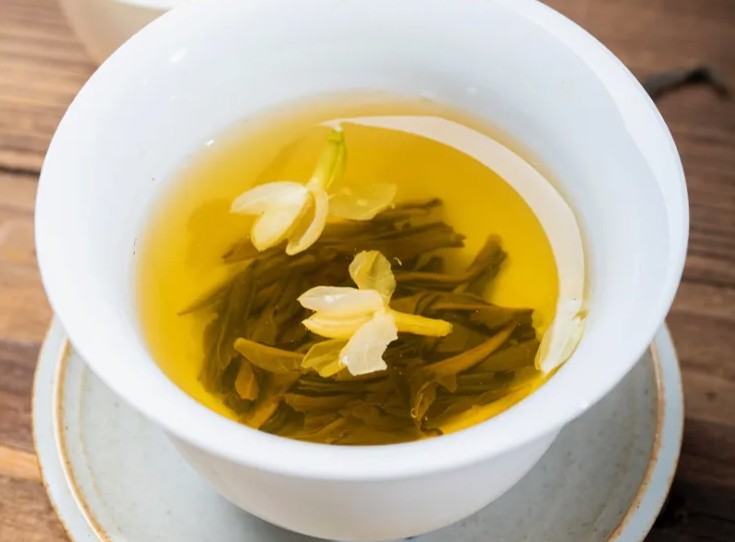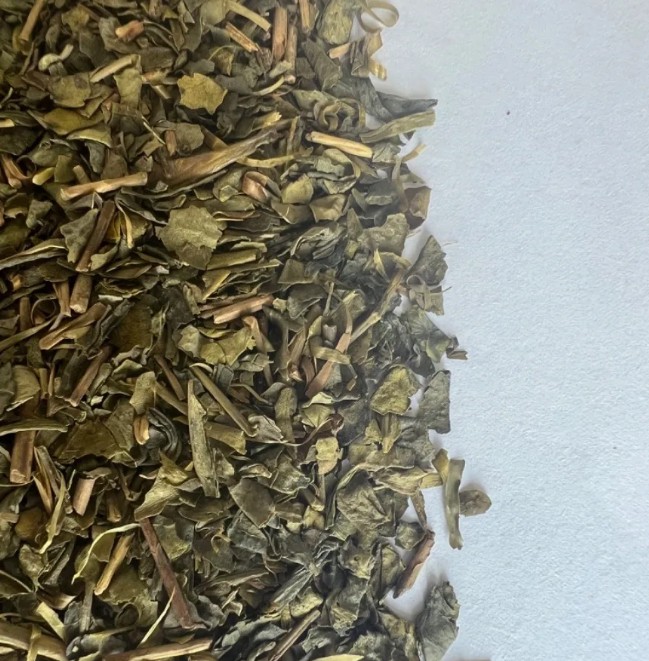Chinese factory Chunmee Tea Ecological organic green tea
Product description
Chunmee Tea, known as "Precious Eyebrows" or "Zhen Mei" in Chinese, derives its poetic name from the delicate shape of its processed leaves. Each leaf is meticulously hand-rolled into slender, crescent-like curves resembling "a woman’s finely formed eyebrow"—a tribute to the craftsmanship honed over centuries in China’s green tea tradition. Originating in Zhejiang Province, this tea is now widely produced across Anhui, Jiangxi, and Hunan, where high-altitude gardens and misty climates yield leaves ideal for its signature profile.

Flavor and Aroma: A Plum’s Subtle Whisper
Unlike grassy Japanese greens or smoky gunpowder teas, Chunmee stands out with its distinctive sweet-tart notes reminiscent of fresh plums. The dry leaves emit a faintly sweet, earthy fragrance, while brewing releases a pale yellow-green liquor with a smooth, rounded body. Its initial mild astringency gives way to a lingering mellow sweetness and clean finish, making it both refreshing and versatile. This balance of brightness and depth stems from its unique processing: rapid heat treatment (pan-firing or steaming) halts oxidation, preserving the leaves’ chlorophyll and antioxidant-rich catechins.
Craftsmanship: From Harvest to Cup
The creation of Chunmee is a dance of precision:
- Picking: Selects tender spring buds and leaves, often pre-Qingming (early April) for premium grades.
- Fixing: Fresh leaves are pan-fired or steamed at high heat to deactivate enzymes, locking in freshness.
- Rolling: Artisans hand-roll leaves into tight, eyebrow-shaped twists—a skill demanding years of mastery.
- Drying: Low-temperature baking preserves the leaves’ dusty green appearance and subtle plum-like essence.
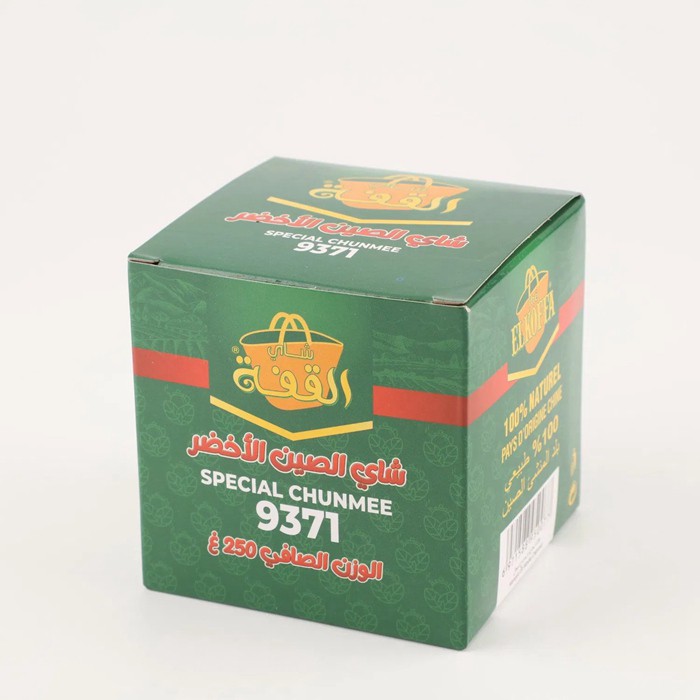
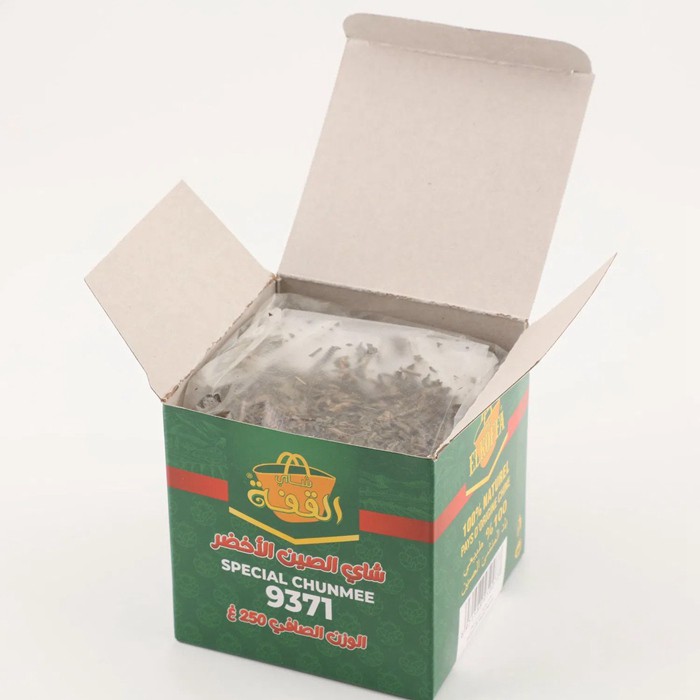
Decoding Grades: From Everyday to Elite
Chunmee’s quality spectrum is denoted by numerical codes like 41022, 9366, or 9501, reflecting leaf integrity, color, and flavor intensity. Higher grades (e.g., AAA or 41022) feature uniform, finely curved leaves with vibrant flavor, while economical blends (e.g., 9369) offer robust, everyday cups.
*Table: Chunmee Tea Grades and Characteristics*
| Grade Code | Appearance | Flavor Profile | Primary Market |
|----------------|----------------------|--------------------------|--------------------|
| 41022AAA | Fine, uniform "eyebrows" | Bright plum sweetness, smooth | EU, North America |
| 9366/9501 | Tight, slightly dusty | Balanced acidity, toasty finish | Africa, Middle East |
| 9371/9380 | Mixed sizes, rustic | Bold, earthy notes | Domestic, Asia |
Global Journey: From Chinese Farms to World Markets
Chunmee dominates China’s green tea exports, prized for its adaptability to diverse palates. Africa (Morocco, Algeria) favors its bold, astringent notes for mint-tea blends, while Europe and North America seek organic, EU-certified grades (e.g., 9366) for their clean, health-conscious appeal. Packaged in eco-friendly cartons (1–35 kg) or consumer boxes (100–500g), it bridges wholesale bulk sales and boutique retail.

5 Essential Q&As About Chunmee Tea
1. Q: What does "Chunmee" mean, and why is it called "eyebrow tea"?
A: "Chunmee" (春眉) translates to "Spring Eyebrows," referencing the delicate, curved shape of the leaves, which resemble traditional Chinese paintings of women’s eyebrows. This artistry symbolizes the tea’s meticulous hand-rolling process.
2. Q: How does Chunmee’s taste differ from other green teas?
A: Unlike Sencha’s grassiness or Dragon Well’s chestnut notes, Chunmee is recognized for its tangy plum-like sweetness and light astringency, with a toasty, clean finish. Its flavor is less vegetal and more fruity-umami.
3. Q: What’s the ideal way to brew Chunmee?
A: Use water at 80–85°C (176–185°F)—avoid boiling to prevent bitterness. Steep 1–2 minutes for delicate grades (e.g., 41022AAA) or 2–3 minutes for robust blends (e.g., 9369). Re-steep leaves 2–3 times to unveil layered flavors.
4. Q: Can Chunmee be stored like other teas?
A: Yes, but with extra care! Seal it in airtight, opaque containers away from light, heat, and moisture. Refrigeration extends freshness (ensure no condensation). Consume within 12–18 months for peak flavor.
5. Q: How is Chunmee distinct from Japanese Genmaicha?
A: Both blend tea with roasted grains, but Genmaicha combines *Sencha* with popped brown rice for a popcorn-like note. Chunmee uses pan-fired green tea and darker-roasted glutinous rice, emphasizing a deeper, savory-umami profile rather than lightness.

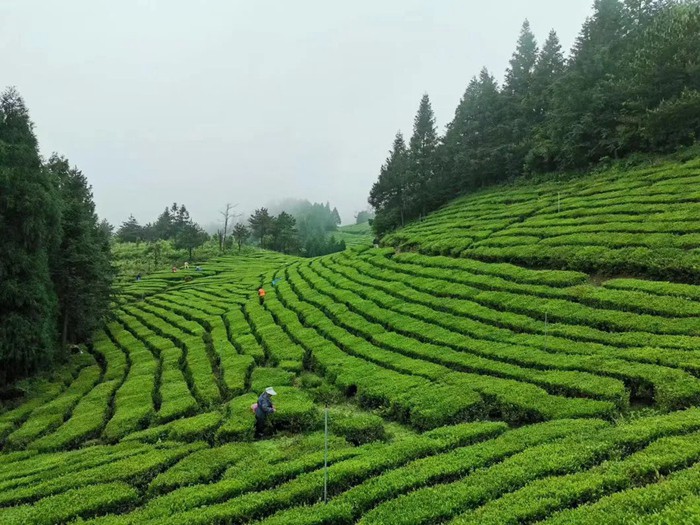
Final Sip: Chunmee Tea embodies a quiet harmony—where ancient rolling techniques meet the bright whisper of plum orchards. It’s a versatile companion: equally at home in a Moroccan mint infusion, a Japanese *ochazuke*, or a mindful solo cup. For those seeking a green tea that’s both rustic and refined, these "precious eyebrows" offer a sip of China’s enduring craft.
Recommended products
